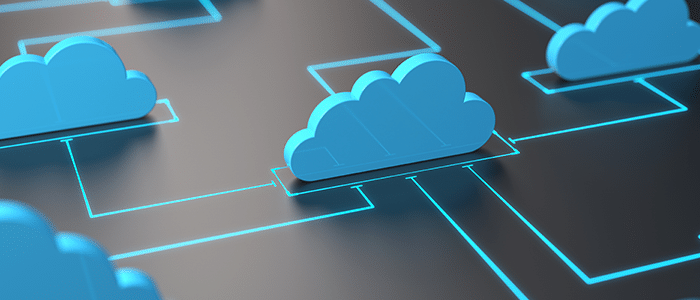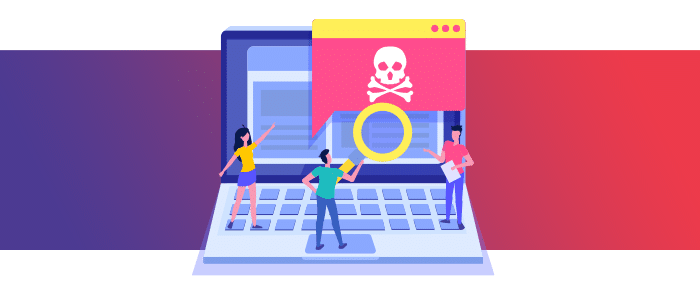3 steps you can take to protect your data in the Cloud Moving to the Cloud offers tremendous benefits for SMBs that range from lower IT costs to any-time access to data and certainly more reliability in terms of uptime. But, data in the Cloud is also vulnerable to security threats just like the data stored on physical servers.
Blog
The latest tech news, tips, and trends to keep you up to date in our dynamic industry
Is the Cloud really risk-free?

Is the Cloud really risk-free?The Cloud presents plenty of benefits that make it a very attractive choice, especially for SMBs who don’t want to be burdened with higher in-house IT costs, putting your data in the Cloud is not risk-free. Just as storing data on physical servers has its security threats, the Cloud presents certain security concerns as well.
Things to consider before switching to the Cloud

Things to consider before switching to the CloudMore and more businesses are switching to the Cloud to store their data and rightly so. The Cloud offers numerous benefits over the traditional, physical on site server. For example, Anytime, anywhere access to your data: Information in the Cloud can be accessed from anywhere using an internet connection, unlike in the case of traditional servers, where you need a physical connection to the servers Significant cost savings: You cut hardware costs, because the Cloud follows a ‘pay-as-you-use’ approach to data storage SaaS compatibility and support: The Cloud allows the use of Software-as-a-Service since the software can be hosted in the Cloud Scalability: The Cloud lets you scale up and down as your business needs change 24/7 monitoring, support, and greater access reliability: When your data is in the Cloud, the Cloud service provider is responsible for keeping it safe and ensuring it is securely accessible at all times.
Ransomware emails: How to identify
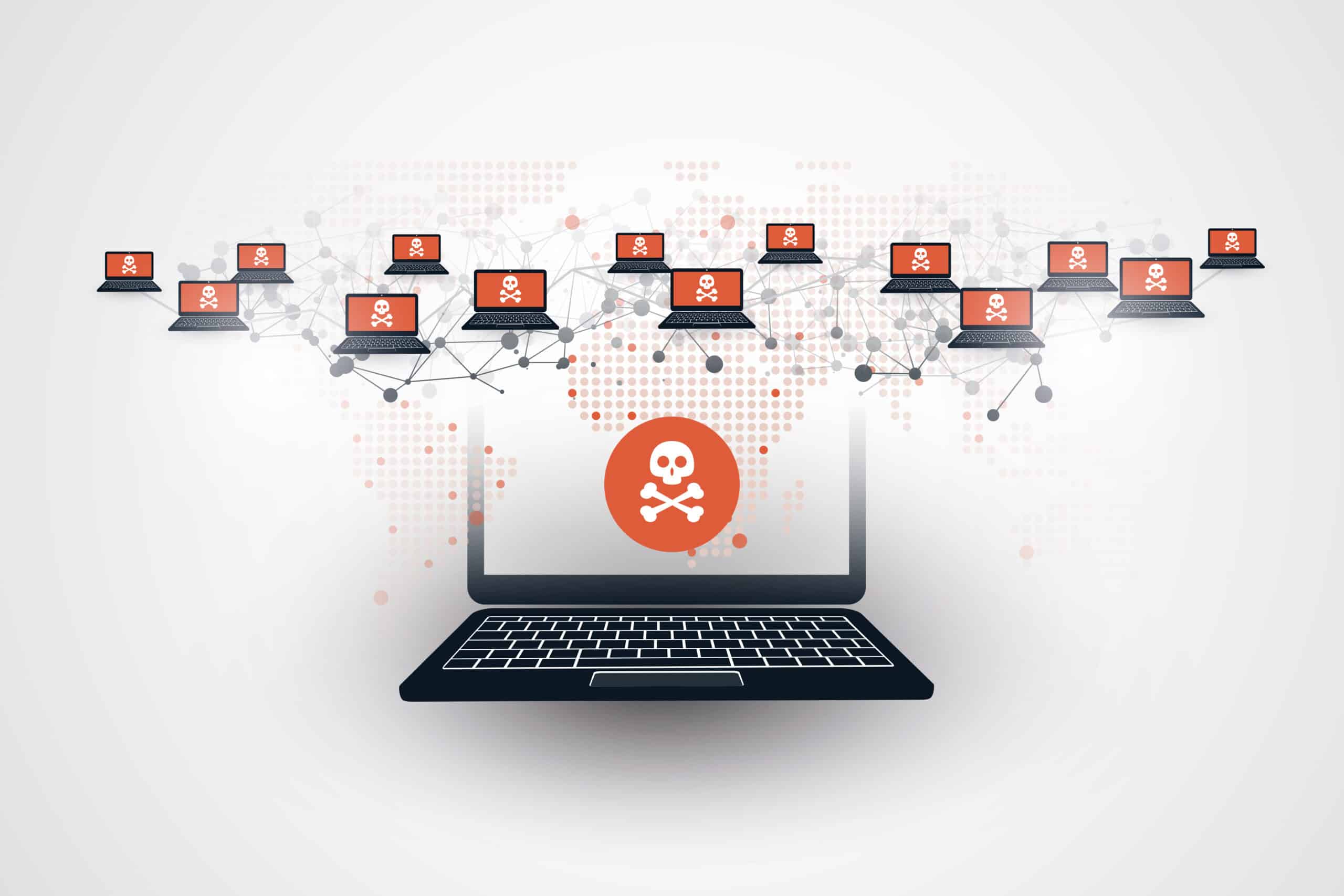
Ransomware emails: How to identify and steer clear of themRansomware attacks have suddenly become more prevalent. Each year sees more of them. Hospitals, NPOs, shipping giants, etc., have all been victims of ransomware attacks. Your business could be too! Did you know that emails are one of the most common gateways for ransomware to get into your systems? In this blog, we tell you how you can stay safe by following a few tips.
How good is your password
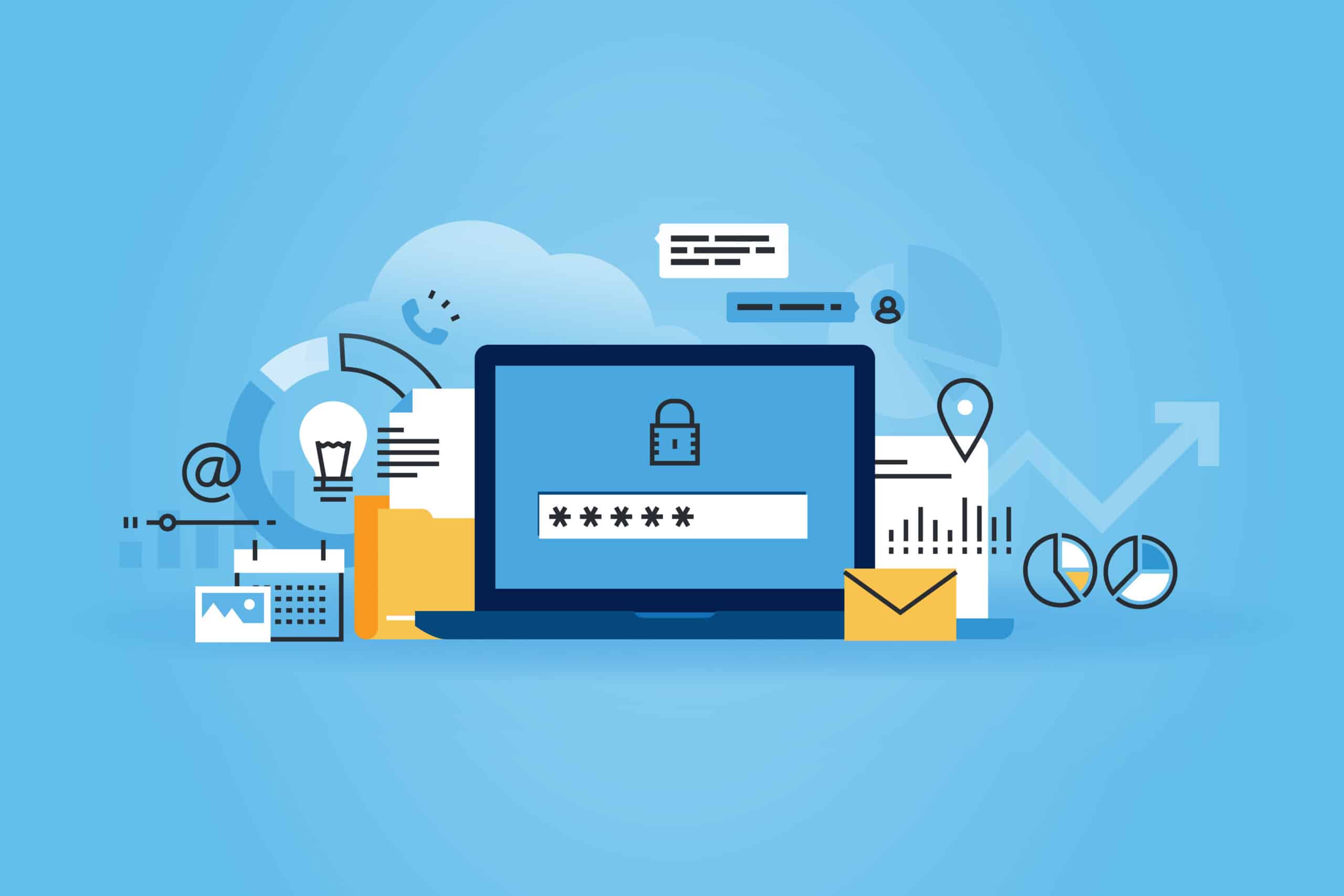
How good is your password?Did you know that having a weak password is one of the biggest security risks you face? This blog focuses on the best practices related to passwords that you can follow to ensure passwords are not your weakest link. Avoid sequences and repetitions: How many times have you used passwords like dollar12345 or $$$BobMckinley.
Think you are too small

Think you are too small to be targeted by a cybercriminal? Think again.When I meet with clients, especially SMBs, I often hear them say that they feel their business is too insignificant to be a target of cyber-criminals. Why would someone go after my business when there are bigger ones out there, making more money? Here are a few reasons why.
How the Coronavirus crisis is the gateway to the other kind of virus
Your employee’ social media account was hacked How does it affect you?
Keeping your data safe: Access Control
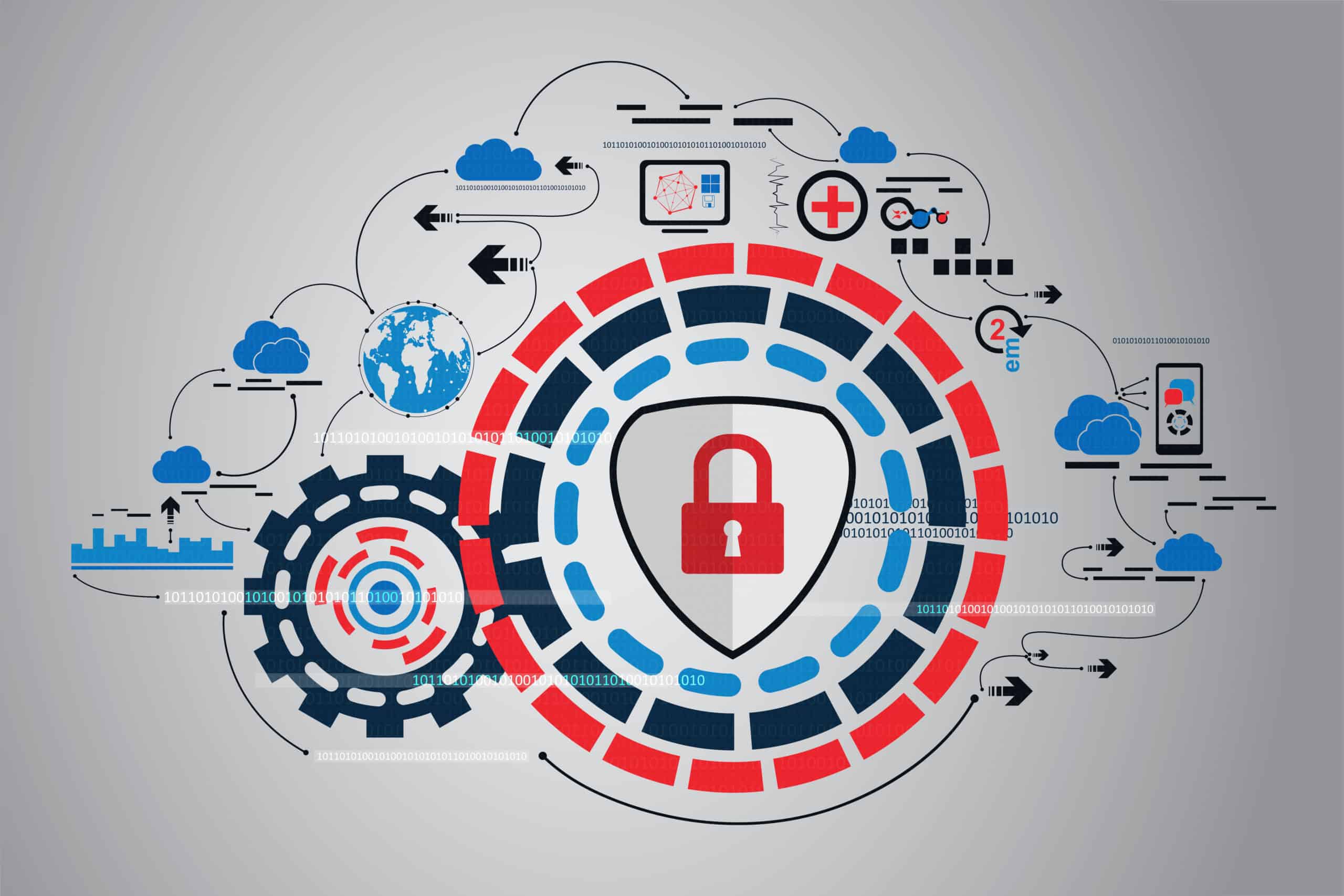
Keeping your data safe: Access ControlCyberattacks are a commonplace today. Malwares such as viruses, worms and more recently ransomwares not only corrupt your data or hold it hostage, but also inflict irreversible damage on your brand and business. As a norm, most businesses these days do invest in anti-virus/cybersecurity systems.
Are your data security measures strong enough?
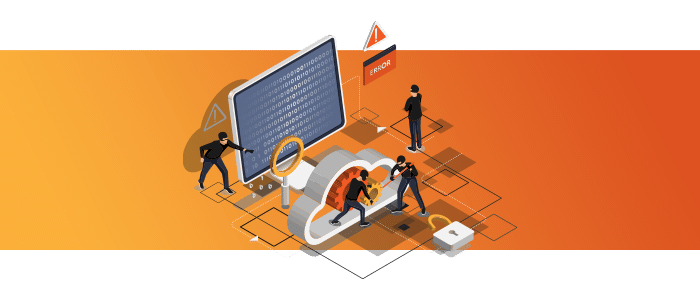
Are your data security measures strong enough?Let me start this blog by asking you a question. How did your business respond to the security threats brought on by the COVID-19 pandemic? The reason we are discussing this is because a recent survey conducted by Password Keeper and Ponemon Institute revealed that during the 2020 Coronavirus pandemic, the effectiveness of organizations’ IT posture in terms of cybersecurity dipped by almost 30%.One of the main reasons for the compromise in IT security was the hurried transition of so many businesses to the remote work model.









